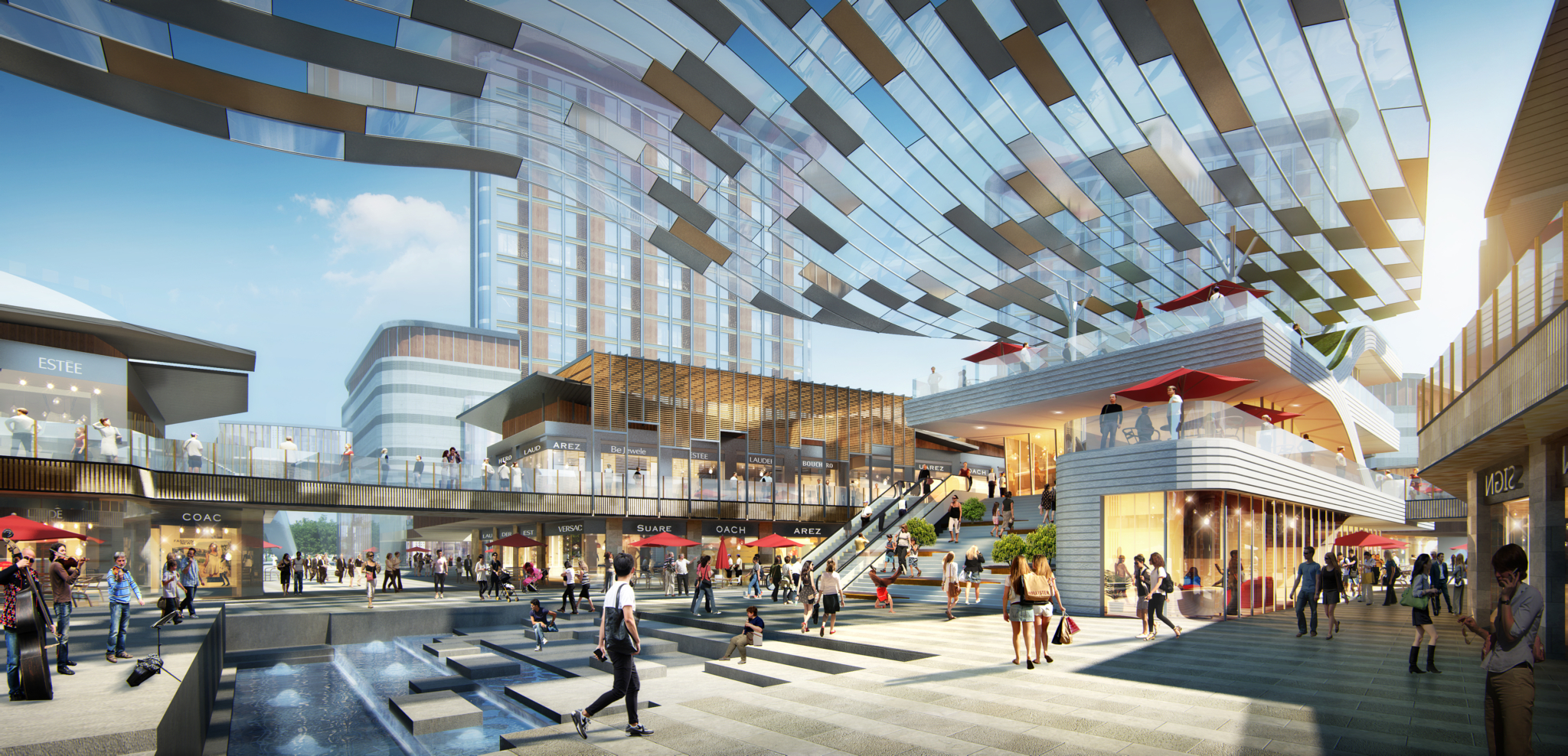
High street retail, full of brick and mortar shop spaces, is undergoing constant change. Recently, however, and in response to the international health crisis, there has been a significant shift in both retail aesthetics and the expectations of customers. Additionally, technology is also playing a huge part, changing the ways in which we perform transactions and choose products.
With this developing landscape, it is important for retailers to reflect upon and update the aesthetics of their store spaces, not only to maintain an appealing design but also to ensure that customers are both engaged and satisfied with their experience. Here are the most important dos and don’ts of high street retail design in 2021.
Do: Host Events
Experiential retail, especially pop-up events, are incredibly effective forms of advertising. In addition to offering an in-store experience that cannot be replicated via e-commerce, it gives high street shoppers a unique experience that both bring them into a store space and encourages them to make purchases. As modern brick and mortar stores seek to maintain their value, hosting special and exclusive events becomes ever more important.
Don’t: Undermine Your Displays
Many retailers rely on the effectiveness of their branding, failing to give it the support it needs. Posters, highlights, merchandise, pamphlets; no matter what you are displaying, it deserves (and needs) to be given due support. Such support takes the form of quality stand offs and retail displays, those that not only highlight your brand but emphasise its brilliance.
Do: Optimise Your Space
As concerns remain regarding contagions, personal space becomes a priority for shoppers. No longer is it excusable to fill a retail space with abundant products and merchandise. Now, customers prefer space and retailers should comply. Consider the essentials of your floorplan and remove, or make modular, anything that doesn’t need to be there
Don’t: Rely On The Horizontal
When it comes to a floor plan, retailers are often afraid to utilise vertical space. There are compromises that come from building upward on a shop floor but the same does not apply to wall space. These areas should be used for shelving or modular retail furniture, such as slatwall panels, to ensure that the space does not remain empty.
Do: Focus On Navigation
Stress is the greatest enemy of a customer. If the atmosphere is not accommodating or if an environment is hard to browse, they are likely to feel frustrated and leave. A huge contributor to stress levels when browsing is navigation. Be sure that your store is easily navigated and that, at all times, a customer can orient themselves
Don’t: Rely On Pre-Built Furniture
If your store space is unusual or if the retail furniture you have isn’t quite perfect, don’t accept the compromise. In addition to potential hazards that are created, ill-fitting shop shelving does a poor job of communicating brand quality. As custom-made furniture becomes more affordable, it is far more preferable to invest in designs that will not only fit safely in your store but will also look the part too.














